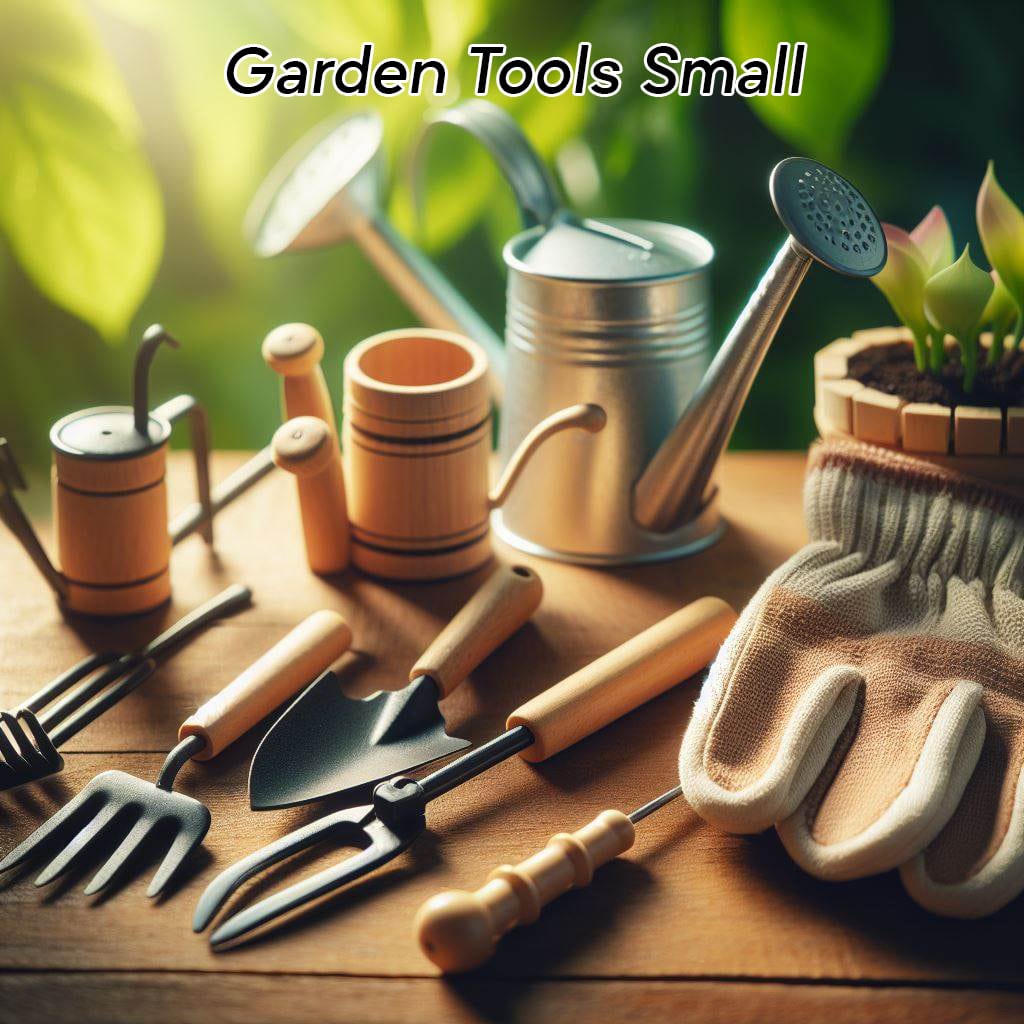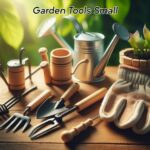How much light does a peace lily need?
The peace lily thrives in light-dense environments like homes and workplaces, but it cannot survive in complete darkness. Dark leaves lose their luster without proper light, and excessive illumination causes the plant to shed leaves and have dry tips. Therefore, it is essential to provide adequate light for the peace lily to thrive.
Peace Lily Description
Peace lilies are tropical flowering plants in the Spathiphyllum genus, known for their broad leaves and spoon-shaped blooms. They thrive in low-light environments, especially in appropriate light for the season. Most species and cultivars reach heights of one to four feet, but some can reach six feet. In US plant hardiness zones 10 and 11, they can be grown outdoors in shaded settings, but are often cultivated indoors.
Do Peace Lily Plants Really Not Need Light?
Plants require sunlight or artificial light, but can also survive brief periods of darkness. In emergencies, they can endure long periods of darkness. An example is the yellow and wiry grass beneath a kiddie pool, which adapts by concentrating energy on expanding to access sunlight. This adaptation, known as etiolation, is crucial for plant survival.
The peace lily, often listed as a plant that can survive without light, is a plant that can survive in low-light conditions but requires sufficient sunlight for growth and flowering.

Can Peace Lilies Be Grown Outdoors?
Peace lilies can be grown indoors or outdoors, depending on the climate. They thrive in shade, away from direct sunlight, and under trees. If nighttime temperatures are below 60 degrees F, bring them indoors. However, in areas with low humidity and strong sunlight, they may not grow well outdoors.
Why is Proper Lighting So Important for Peace Lilies?
Light is crucial for plant development, even for those that don’t require much light, as it initiates photosynthesis, which produces the sugar needed for fuel. This process is essential for plant growth.
Peace lily plants require sunlight for their growth, and they rely on parasitic interactions with other plants. They require just a little light to start photosynthesis, which feeds the plant. Most plants don’t like too much light, and increasing it won’t promote further development. Bright light-sensitive plants, like peace lily plants, experience sunburn instead of a favorable reaction. Water and fertilizer are essential for plant maintenance.
To encourage flowering in tropical home plants, limit the amount of light they receive. Some plants need to be in a closet and shielded for a few hours daily. Providing adequate light can be challenging for some plants to thrive in a domestic setting. However, choosing plants with lower light requirements, like the peace lily, can provide just enough light for vigorous development without expensive plant lights, making them popular in various indoor settings.
Light Requirements for Peace Lilies
Peace lilies are native to tropical regions, primarily found in Central America and some local populations in tropical Asia. They thrive in warm, humid environments, requiring minimal light due to their growth under tree canopies. The deep canopy of older trees filters the light they receive, making them a valuable indoor plant in tropical regions.
Peace lily plants can thrive in any household with diffuse light, with less being preferable. They thrive near windows and can survive without much natural light. For areas without natural light, consider jungle plants in tree understory. Replicating this environment is easy with strategically placing a grow light near the plant. This makes it a simple and effective way to grow peace lily plants.
In an interior setting, low light levels are common. If natural light is unavailable, consider placing your peace lily near a strong overhead light source, such as a 40-watt bulb, near a small table light. Avoid bright light-loving plant lights and keep them away from the peace lily plant.
To grow a peace lily, it requires bright, indirect light with dappled shade, which can be achieved with artificial lights. Most homes have at least one window that provides the necessary amount of light.
Is My Peace Lily Getting Too Much Light?
To ensure your peace lily plants are not getting too much light, monitor them closely. The oldest leaves may turn yellow if the light gradually exceeds their capacity, and variegated plants may be more susceptible.
Prolonged light exposure can cause curled leaves, especially when new growth appears. Yellowing leaves, even when removed from light, will not return to green and require pruning for new growth. To prevent this, encourage the plant to develop new leaves, as the afflicted ones will eventually dry out and fall off. Other causes of dead-looking leaves include pests, disease, and root rot, which may not be solely due to excessive light.
Read more: Why does my peace lily not flower?

Is My Peace Lily Not Getting Enough Light?
A peace lily plant may experience symptoms of insufficient light, such as drooping leaves, yellowing margins, and dry tips. Over time, these symptoms can also be signs of too much light, leading to a decline in overall plant health.
The lack of light can cause peace lily plants to appear glossy and dark. To ensure blooming, increase the amount of light the plant receives, even with adequate watering and humidity. Constant, diffused light and shade are essential for the white spathes and yellow flowers.
The peace lily is a suitable plant for homes or offices with limited natural light. It thrives in bright, indirect light with ample shade, and if this isn’t possible, a grow light can be beneficial.
Read to know: When do peace lilies bloom indoors?
Why are Peace Lilies Given at Funerals?
Peace lilies are a popular choice for mourners and are often used to decorate at funerals or visitations. They symbolize the soul’s return to a peaceful state of innocence, and the plant symbolizes the departed’s soul’s rebirth from the physical world to a greater place. Potted peace lilies are an appropriate gift for friends in mourning, as they can be carried home to brighten their lives for a long time.
frequently asked questions
| What type of light do peace lilies need? | Peace lilies thrive in low to bright, indirect sunlight. |
| Can I give my peace lily too much light? |
Excessive direct sunlight can cause the leaves of your peace lily to burn and the flowers to dry out. |
| What are some signs that my peace lily needs more light? | Peace lilies require sufficient light for flowering, especially if they are old and have not flowered. |
Summary
Light
Peace Lilies thrive in low to bright indirect sunlight, making them ideal for dark rooms, but prolonged exposure to direct sunlight can damage their leaves and dry out their flowers.
Water
Your Peace Lily needs weekly watering, but it will indicate when it needs water by drooping its leaves. Winter months allow for a fortnightly watering.
Humidity
Peace Lily does not have specific humidity requirements.
Temperature
Your Peace Lily doesn’t have specific temperature requirements, but it may suffer if exposed to temperatures below 10ºC.











